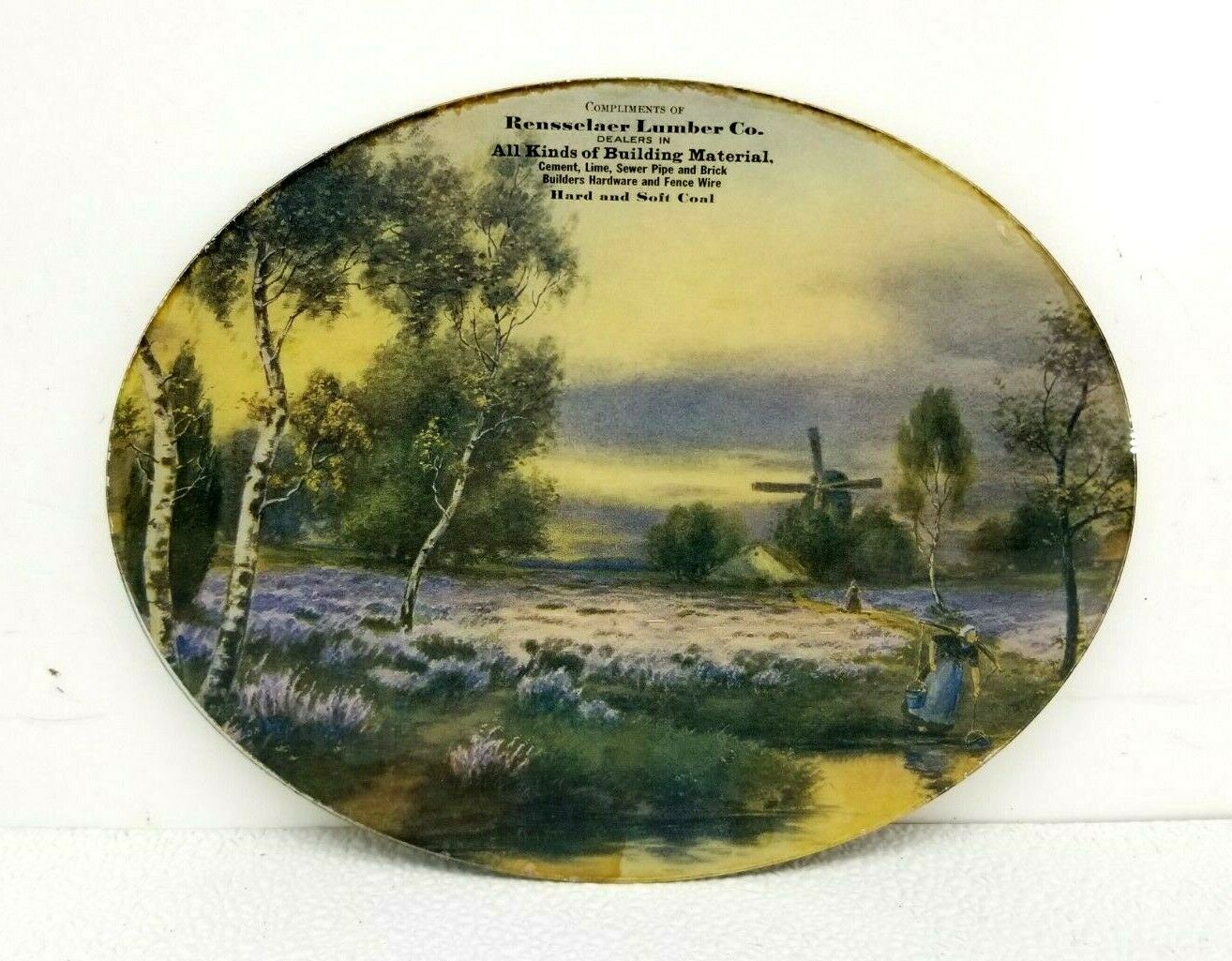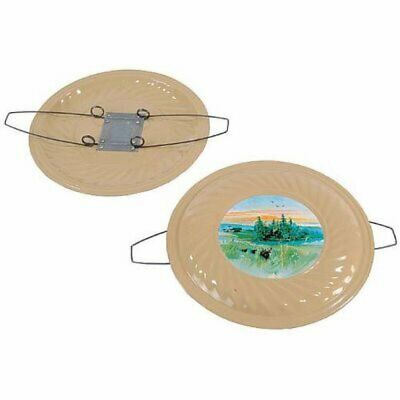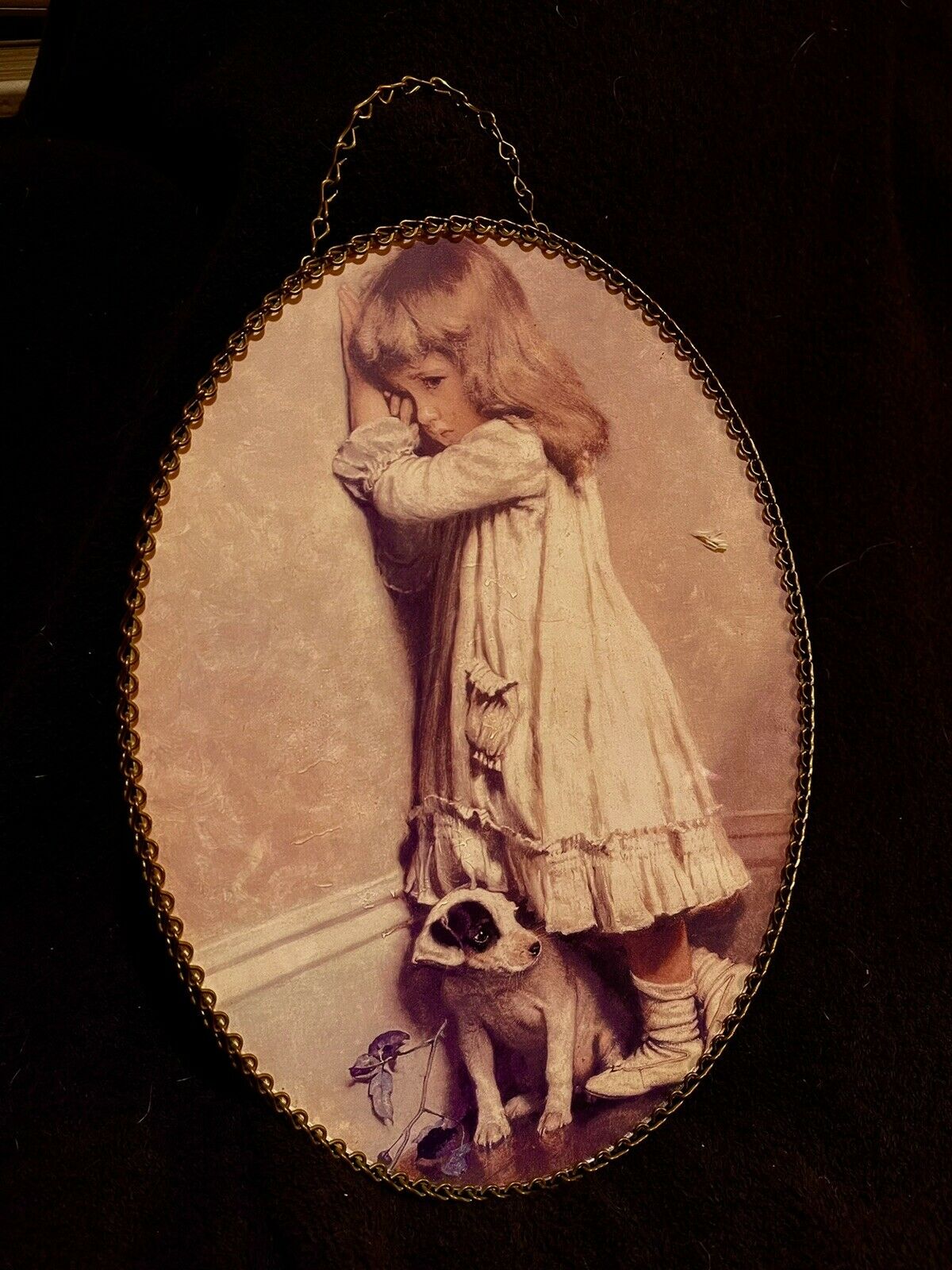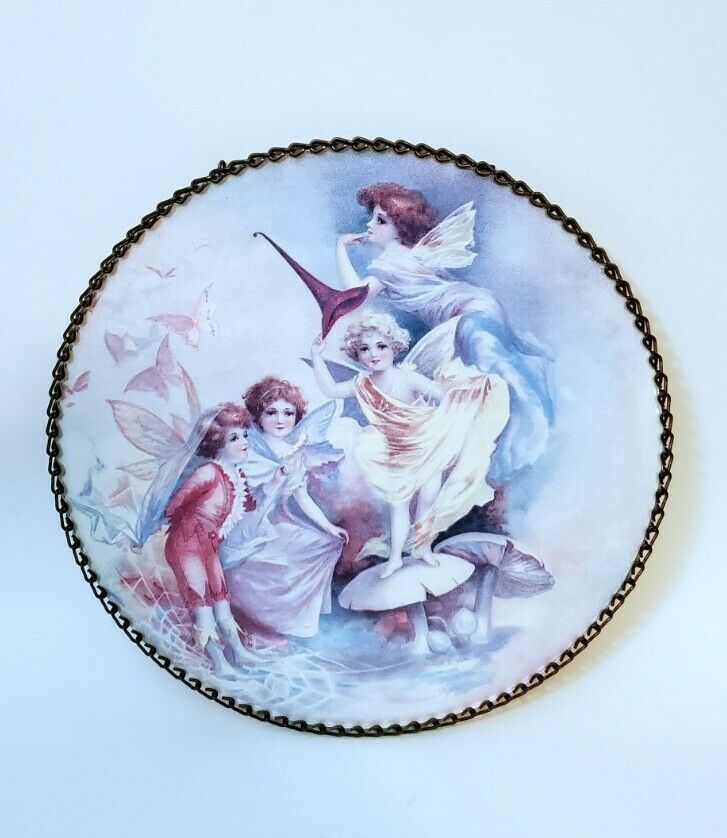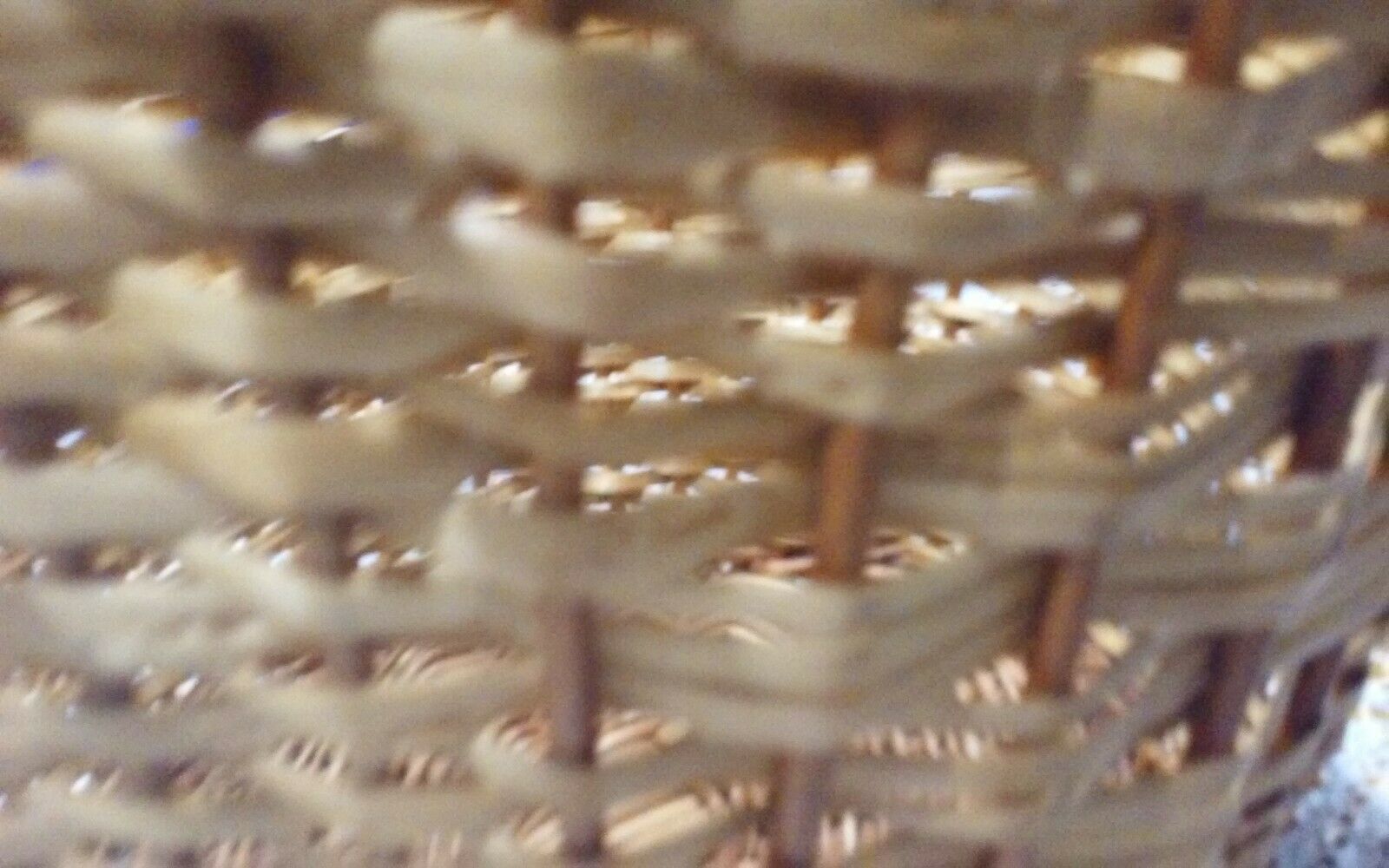-40%
VINTAGE FLUE COVER Dutch Windmill Scene "Compliments of Rensselaer Lumber Co"
$ 15.81
- Description
- Size Guide
Description
VINTAGE FLUE COVER Dutch Windmill Scene "Compliments of Rensselaer Lumber Co"Excellent condition with note to one side of hanger being detached. Measures a large 9.9" x 7.5" and shows a glass-covered litho of a Dutch Woman filling water buckets at a river with a windmill in the background. The top is printed "Compliments of the Rensselaur Lumber Co - Dealers in all Kinds of Building Material. Cement, Lime, Sewer Pipe and brick Builders hardware and Fence wire Hard and Soft Coal" Nice vintage advertising piece. Please see photos for more details
You may never have a chimney or wall duct opening in your home that needs covering, so you won’t be in need of a decorative flue cover. But in the days when houses were heated with wood, oil or coal-stoves, heat carried up through brick or stone chimneys to the upper floors. Each room had a flue opening, but heating pipes were often removed in the spring and stored until fall, leaving openings (often unsightly) in the walls. Flue openings were covered to make rooms more attractive (and keep small animals and children’s toys out of the pipes).
Innumerable kinds of flue covers have been invented, but the usual ones for inside the house were decorative round metal or cardboard “plates” about 8” in diameter that would hang via a chain or hook over a flue opening. Different flue covers were used in different rooms, and over the years, styles varied along with fashions in clothing and furnishings.
In the Victorian era, flue openings were sometimes covered with wrought iron or brass grilles that could be left in place year around. In other homes, removable metal plates were used. These flue covers were dinner-plate sized, slightly convex, and often decorated. Some flue covers were hand-painted on the inside of round or oblong glass surfaces, but most had a printed picture applied under a thin glass layer with a cardboard backing. Many flue covers appear to modern eyes like upside-down paper plates with small pictures in the centers.
In one flue cover style, a picture under glass covers the entire surface of the flue cover. Often, a narrow chain surrounds the plate’s edge and becomes a loop at the top for hanging the cover. In a more common style, the picture covers only the center 3”-5”, leaving a wide “frame” around it. That frame may be a single band of a solid color or have smaller circling bands inside (usually black). Or the entire outer metal band may have been crinkled symmetrically as a decorative touch. While the preponderance of flue covers are round and dinner-plate sized, some are oval, others rectangular. Also, a few are quite small in diameter (4”) and a few quite large (16”) .
